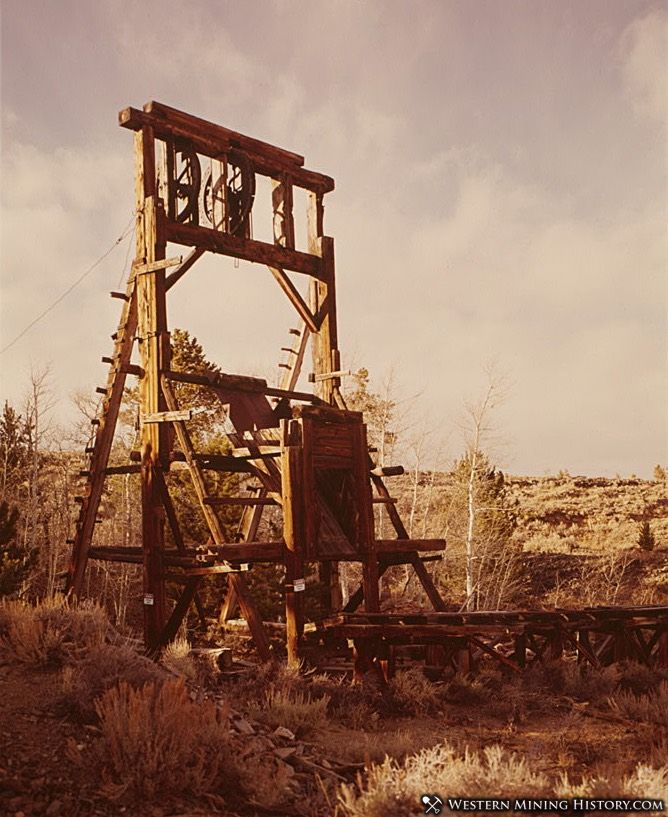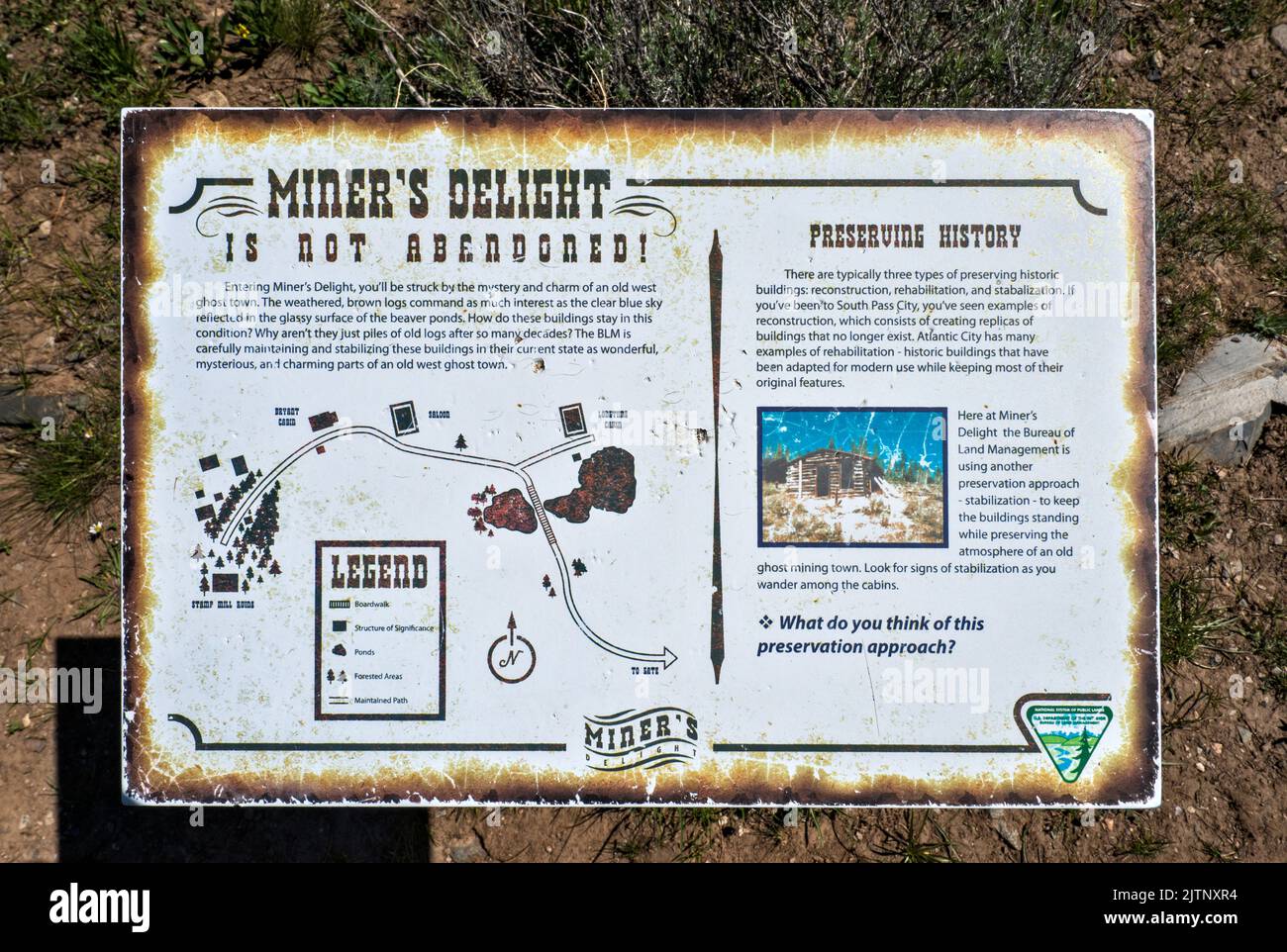
The Enduring Echoes: Unearthing America’s Legendary Landscape
America, a land forged in revolution and expansion, is as much a tapestry of stories as it is of diverse landscapes. From the mist-shrouded peaks of the Appalachians to the sun-baked deserts of the Southwest, and across the vast, echoing plains, the nation’s identity is inextricably woven with its legends. These aren’t just quaint tales for children; they are cultural touchstones, historical reflections, and often, haunting echoes of the human experience – whispers of triumph, terror, and the relentless pursuit of the American dream. In a journalistic quest to understand the enduring power of these narratives, we delve into the bedrock of American folklore, where the factual blurs with the fantastical, and the past continues to shape the present.
The genesis of American legends predates European arrival, rooted deeply in the oral traditions of Indigenous peoples. For centuries, Native American tribes shared creation myths, tales of heroic figures, and trickster spirits that explained the natural world, taught moral lessons, and preserved cultural memory. The Navajo, for instance, tell of Changing Woman, who embodies the cycle of seasons and life, shaping the earth and giving birth to the heroic Twins. The Iroquois Confederacy’s "Sky Woman" narrative describes the world being formed on the back of a giant turtle, a powerful metaphor for the Earth itself. These stories are not merely fantastical; they are deeply spiritual and ecological, emphasizing humanity’s interconnectedness with the land and its creatures. They speak of a time when the boundaries between human, animal, and spirit were fluid, laying a foundational layer of mysticism over the continent that European settlers would later encounter and, in their own way, adapt.
With the arrival of European colonists, new legends began to sprout, often a hybrid of Old World superstitions and the alien realities of the New World. The dense, unexplored forests, the vastness of the wilderness, and the isolation of early settlements proved fertile ground for tales of the supernatural. The Headless Horseman of Sleepy Hollow, immortalized by Washington Irving, perfectly encapsulates this blend. Derived from German folklore, the Hessian trooper’s spectral ride through the Hudson Valley became a distinctly American ghost story, reflecting anxieties about the untamed frontier and the lingering shadows of war. Similarly, the Salem Witch Trials, while a dark chapter in history, spawned a host of cautionary tales and spectral accounts that continue to permeate New England’s folklore, reminding us of the dangers of mass hysteria and the perceived presence of malevolent forces. These colonial legends often served as a means to cope with the unknown, to explain inexplicable events, or to reinforce social norms in burgeoning communities facing immense challenges.

As the nation pushed westward, the legends grew grander, reflecting the scale of the landscape and the audacious spirit of Manifest Destiny. This era gave birth to the quintessential American tall tales – stories of superhuman figures who conquered the wilderness with sheer strength and ingenuity. Paul Bunyan, the colossal lumberjack and his blue ox Babe, carved out rivers and forests with their might, embodying the industrial power and frontier spirit of the burgeoning nation. Pecos Bill, the cowboy raised by coyotes, tamed the wildest storms and invented the lasso, personifying the rugged individualism and resourcefulness of the American West. These stories, often embellished around campfires and in saloons, served not only as entertainment but also as morale boosters, providing a narrative framework for the seemingly impossible feats required to settle a continent. They mythologized the common man, transforming ordinary laborers into titans, and in doing so, inspired generations to dream big and overcome daunting obstacles.
Yet, not all frontier legends spoke of triumph. The vastness of the West also harbored tales of hardship, desperation, and the lingering presence of those who succumbed to its unforgiving nature. This is where the ghost town, a poignant monument to boom-and-bust cycles, enters the legendary landscape. And few places encapsulate this narrative more poignantly than Miners’ Delight, Wyoming.
Nestled in the remote Wind River Mountains, Miners’ Delight is not just a collection of decaying cabins and collapsing mine shafts; it is a repository of dreams, sweat, and spectral whispers. Established in 1867 during the South Pass gold rush, it was one of several boomtowns in the area, alongside Atlantic City and South Pass City. Its name itself is a testament to the initial euphoria – the "delight" of prospectors striking gold in an otherwise barren and brutal land. For a brief period, Miners’ Delight thrived, boasting hundreds of residents, a general store, saloons, and the chaotic energy of a gold rush settlement.
Life in Miners’ Delight, however, was far from delightful. The altitude was unforgiving, winters were brutal, and the work was backbreaking. Miners toiled in dangerous conditions, often facing the specter of cave-ins, explosions, and silicosis. Isolation was profound; supplies were scarce, and communication with the outside world was intermittent at best. As the gold veins thinned and the promise of quick riches faded, the population dwindled. By the early 20th century, Miners’ Delight was largely abandoned, its inhabitants leaving behind their meager possessions, their hopes, and, according to local legend, a piece of their very souls.
Today, walking through the skeletal remains of Miners’ Delight is like stepping into a time capsule, where the wind whistling through broken windows seems to carry the murmurs of its former residents. The legends here are not of heroic feats, but of persistent presences. Visitors and former residents report inexplicable phenomena: disembodied voices, the clanking of picks in empty mines, the scent of woodsmoke from long-extinguished hearths, and the fleeting sight of figures in period clothing vanishing around corners. The most common tales involve the ghosts of miners who died in accidents, forever bound to the earth that consumed their lives, still searching for that elusive vein of gold. Others speak of women who endured the harsh conditions, their spirits lingering in the homes they struggled to maintain.
These legends of Miners’ Delight serve as a chilling reminder of the human cost of the frontier. They are not grand narratives but intimate, localized tales of struggle, hope, and eventual abandonment. They underscore the brutal reality that for every successful prospector, there were dozens who found only hardship and death. The lingering spectral inhabitants of Miners’ Delight are a metaphorical representation of the indelible mark left by human endeavor on the landscape, and the way the past refuses to be entirely erased. They transform a desolate ruin into a living museum of memory, where the line between history and haunting is wonderfully blurred.
Beyond the frontier, American legends have continued to evolve, adapting to new technologies and societal anxieties. The 20th century brought cryptids like Bigfoot, the elusive ape-like creature said to roam the Pacific Northwest, and the Mothman of Point Pleasant, West Virginia, a harbinger of disaster. These modern legends often thrive in the digital age, spreading rapidly through forums and social media, reflecting contemporary fears about the unknown, environmental degradation, and government conspiracies. They are the new campfire stories, told not around a flickering flame, but across the glow of a screen.
From ancient creation myths to spectral miners and internet-borne cryptids, American legends form a vibrant, ever-changing narrative that mirrors the nation itself. They are more than just stories; they are cultural artifacts that reveal our deepest hopes and fears, our aspirations and our losses. They explain the inexplicable, celebrate the extraordinary, and mourn the forgotten. In places like Miners’ Delight, the wind still whispers tales of grit and ghosts, reminding us that the past is never truly past, and the echoes of legend continue to resonate across the vast, storied landscape of America. These stories, both grand and intimate, are the heartbeat of a nation that continues to define itself through the power of its own enduring narratives.



